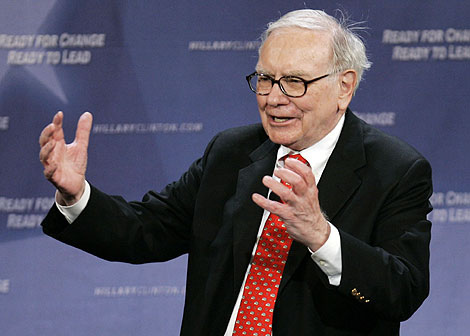What is an Indirect Quote?
An indirect quote contrasts a direct quote, expressing the price of one unit of a foreign currency concerning the variable number of units of the domestic currency.
A lower rate of exchange in an indirect quote represents that the domestic currency is depreciating or weakening.

The indirect quotation displays the exchange rate, indicating whether the currency is gaining or losing value versus the other (counter) currency. The indirect quotation is mainly used to calculate the exchange rates at which investors can trade currencies.
Quantity Quotation
The quote isn't just for buying, but it might also be for selling the local currency. "Quantity quotation" is another term for such a quote. This is because this quote informs one of the amounts of foreign cash required to purchase or sell a unit of the domestic currency. The home currency is referred to as the base currency in such a quote, while the foreign currency is referred to as the counter currency.
Indirect Quote Formula
A quantity quote is the polar opposite of a direct quote. So, discover the inverse of the direct quotation, or 1/Direct Quote, to get this quote. If the foreign exchange is based on the bid and asks spread, the indirect quotation may be found by calculating the inverse of both prices and then flipping their positions. The indirect proposal would become the direct ask, and the direct ask would become the indirect bid.
For example, if a direct quote is (a – b), the indirect quote is (1/b 1/a).
Talk to our investment specialist
Difference Between Indirect and Direct Quote
One unit of any foreign currency is expressed in terms of the domestic currency in a direct quotation. In the case of Indirect Quotation, the treatment will be the inverse. In an indirect quotation, one unit of home currency is expressed in terms of foreign currency.
The US dollar is a popularly used currency. It is used as the base currency against most other currencies in the foreign exchange Market, including the Canadian dollar, the Indian rupee, and others. There are a few exceptions, however. The British pound, the Euro, and a few others are examples of extraordinary currencies. The exchange rate indicator for these currencies is typically in the form of an indirect quote.
Let's say the Canadian dollar is trading at 1.20 against the US dollar. This is a verbatim quote from the author. For a Canadian, the indirect quote would be 0.833 USD.
A lower exchange rate in a straight quote indicates that the home currency is appreciating or strengthening. A lower rate of exchange in an indirect quote, on the other hand, would suggest that the domestic currency has depreciated or is weakening.
The direct quote for the Canadian dollar increases to 1.30, while the indirect quote changes to 0.769. It indicates that the Canadian dollar is weaker, as one Canadian dollar is worth only 0.769 US dollars.
All efforts have been made to ensure the information provided here is accurate. However, no guarantees are made regarding correctness of data. Please verify with scheme information document before making any investment.
You Might Also Like











